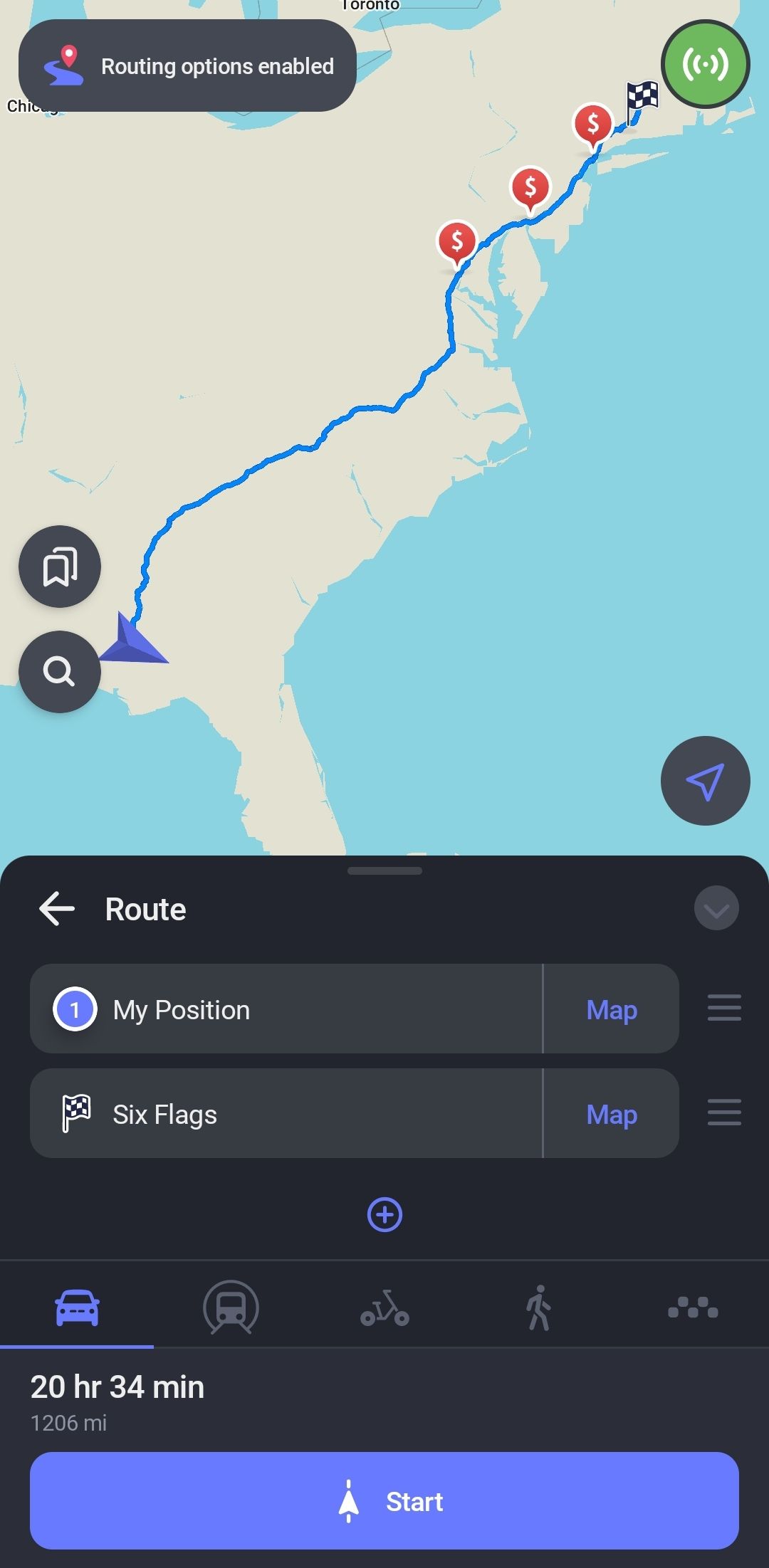Toxic Algae Bloom: Devastating Impact On California's Marine Life

Table of Contents
Causes of Toxic Algae Blooms in California
Several factors contribute to the proliferation of harmful algae blooms in California's coastal waters. These blooms, often fueled by a combination of circumstances, pose a significant threat to the health of the ocean and its inhabitants. Key contributing factors include:
-
Nutrient Pollution: Excessive nutrient runoff from agricultural lands, urban areas (sewage), and industrial sources leads to eutrophication. This process enriches the water with nitrates and phosphates, providing the perfect fertilizer for algae to thrive. The California coastline, with its extensive agricultural areas and dense population centers, is particularly vulnerable.
-
Warmer Water Temperatures: Climate change is driving up ocean temperatures, creating ideal conditions for the growth of many toxic algae species. Warmer waters enhance algal growth rates and extend the bloom season, increasing the duration and severity of HAB events.
-
Increased Sunlight: Abundant sunlight provides the energy necessary for photosynthesis, fueling rapid algal growth. Clearer waters, sometimes resulting from reduced sediment load in certain areas, can exacerbate this effect.
-
Ocean Currents and Upwelling: Ocean currents play a crucial role in transporting nutrients and algae. Upwelling events, which bring nutrient-rich deep water to the surface, can trigger massive algal blooms in coastal areas. The specific currents and upwelling patterns along the California coast influence the location and intensity of HABs.
Statistics show a concerning upward trend. Reports from California's Department of Fish and Wildlife indicate a significant increase in both the frequency and intensity of toxic algae blooms over the past two decades, highlighting the urgency of addressing this issue.
Types of Toxic Algae and Their Effects on Marine Life
California's coastal waters are home to several species of toxic algae, each producing different harmful toxins. These toxins can have devastating effects on a wide range of marine organisms.
-
Domoic acid: Produced by diatoms like Pseudo-nitzschia, domoic acid is a neurotoxin that accumulates in shellfish and fish.
-
Brevetoxin: Produced by dinoflagellates such as Karenia brevis, brevetoxin causes neurotoxic shellfish poisoning (NSP).
These toxins have severe impacts on various marine species:
Impacts on Fish
Fish kills due to domoic acid poisoning are a frequent occurrence. Reproductive impairment and developmental abnormalities are also commonly observed in fish exposed to HAB toxins. Species like anchovies, sardines, and salmon are particularly vulnerable.
Impacts on Marine Mammals
Marine mammals, including sea lions and whales, suffer severe neurotoxic effects from ingesting contaminated prey. Symptoms range from seizures and disorientation to mortality. Algal toxins can cause significant population declines in vulnerable species.
Impacts on Birds
Similar to marine mammals, birds that consume contaminated fish or shellfish can experience neurotoxic effects leading to avian mortality. Seabirds are particularly susceptible to these toxins.
Impacts on Shellfish
Shellfish, like mussels and clams, bioaccumulate these toxins, making them unsafe for human consumption. Shellfish poisoning poses significant human health risks, leading to fisheries closures and economic losses. This bioaccumulation process highlights the complex trophic cascade effects of HABs.
Economic and Environmental Consequences of Toxic Algae Blooms
The economic and environmental consequences of toxic algae blooms are far-reaching and significant:
-
Economic Losses: Fisheries closures due to shellfish poisoning result in substantial economic losses for fishing communities. Reduced tourism revenue due to beach closures and the negative perception of contaminated waters further exacerbates the problem. The costs associated with monitoring, research, and mitigation efforts are also considerable.
-
Environmental Impacts: HABs cause significant biodiversity loss, disrupting delicate food webs and harming coastal ecosystem health. The cascading effects on marine life can lead to long-term ecosystem instability.
Monitoring and Mitigation Strategies for Toxic Algae Blooms
Effective monitoring and mitigation strategies are crucial in combating the threat of toxic algae blooms:
-
HAB Monitoring: Regular monitoring programs using satellite imagery, water sampling, and advanced detection techniques are crucial for early detection and tracking of HABs.
-
Early Warning Systems: Developing reliable early warning systems allows for timely responses, including public health advisories and fisheries closures, minimizing the impacts of blooms.
-
Improved Water Quality Management: Reducing nutrient runoff through improved agricultural practices, wastewater treatment, and stormwater management is key to limiting the conditions that promote algal growth.
-
Nutrient Reduction Strategies: Implementing strategies to reduce nutrient inputs into coastal waters is essential for long-term HAB mitigation. This requires a multi-faceted approach involving regulatory measures and collaborative efforts across various sectors.
Understanding and Addressing the Threat of Toxic Algae Blooms in California
Toxic algae blooms pose a significant threat to California's marine life, economy, and environment. Understanding the causes and consequences of these blooms is critical. Collaborative efforts are needed to mitigate this problem. This includes improved monitoring, enhanced water quality management, and public awareness campaigns. We must all work together to protect California's precious coastal waters and marine life from the devastating effects of toxic algae blooms and harmful algal blooms in general. Support initiatives that reduce nutrient pollution and advocate for policies that protect our oceans. Learn more about California's HABs and get involved in protecting our coast!

Featured Posts
-
 Morgan Stanley Hires Deutsche Banks Head Of Distressed Sales
May 30, 2025
Morgan Stanley Hires Deutsche Banks Head Of Distressed Sales
May 30, 2025 -
 Angela Del Toro In Daredevil Born Again What We Know So Far
May 30, 2025
Angela Del Toro In Daredevil Born Again What We Know So Far
May 30, 2025 -
 Die Rueckkehr Juedischer Sportler Nach Augsburg Eine Historische Analyse
May 30, 2025
Die Rueckkehr Juedischer Sportler Nach Augsburg Eine Historische Analyse
May 30, 2025 -
 Metas Future Under The Trump Presidency Zuckerbergs Challenges
May 30, 2025
Metas Future Under The Trump Presidency Zuckerbergs Challenges
May 30, 2025 -
 Sparks Mad Album Review A Critical Look
May 30, 2025
Sparks Mad Album Review A Critical Look
May 30, 2025
Latest Posts
-
 Climate Whiplash A Global Urban Crisis
May 31, 2025
Climate Whiplash A Global Urban Crisis
May 31, 2025 -
 Essential Android Travel Apps My Top 10 Picks
May 31, 2025
Essential Android Travel Apps My Top 10 Picks
May 31, 2025 -
 Report Exposes The Dangers Of Climate Whiplash In Global Urban Areas
May 31, 2025
Report Exposes The Dangers Of Climate Whiplash In Global Urban Areas
May 31, 2025 -
 Top 10 Android Apps For Seamless Travel
May 31, 2025
Top 10 Android Apps For Seamless Travel
May 31, 2025 -
 The Devastating Effects Of Climate Whiplash On Cities Around The World
May 31, 2025
The Devastating Effects Of Climate Whiplash On Cities Around The World
May 31, 2025
